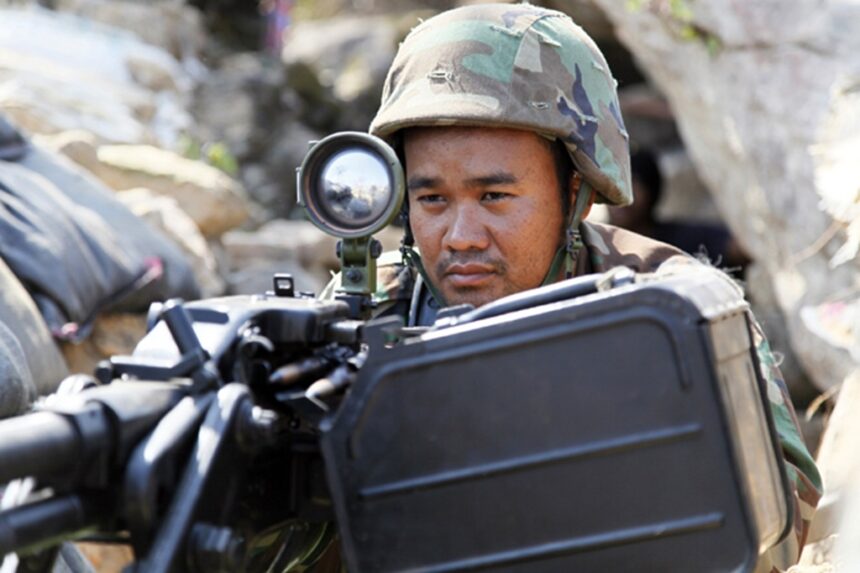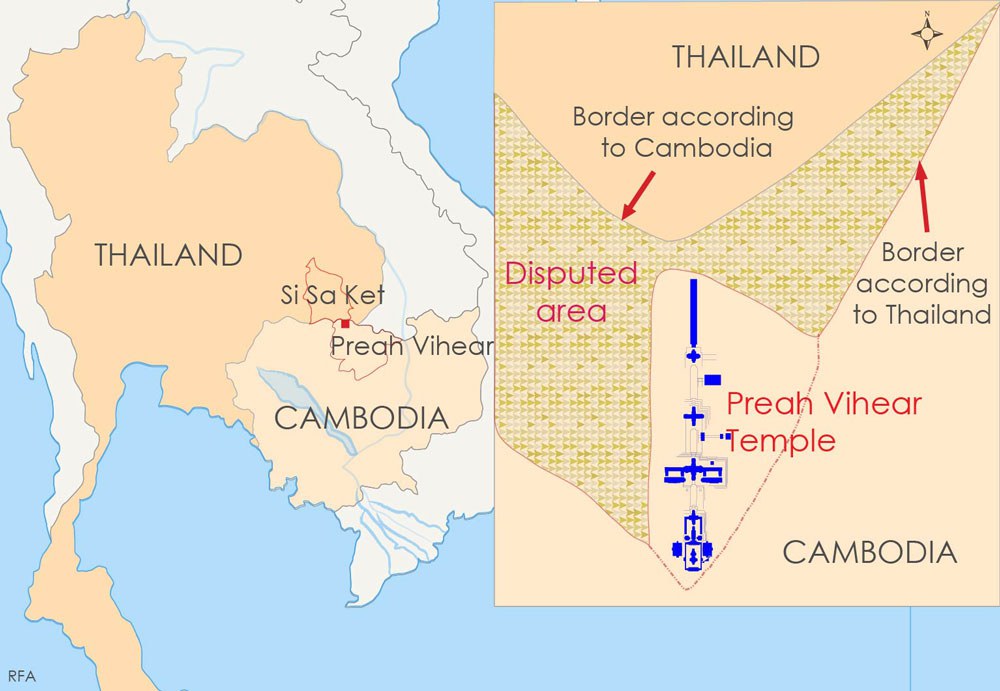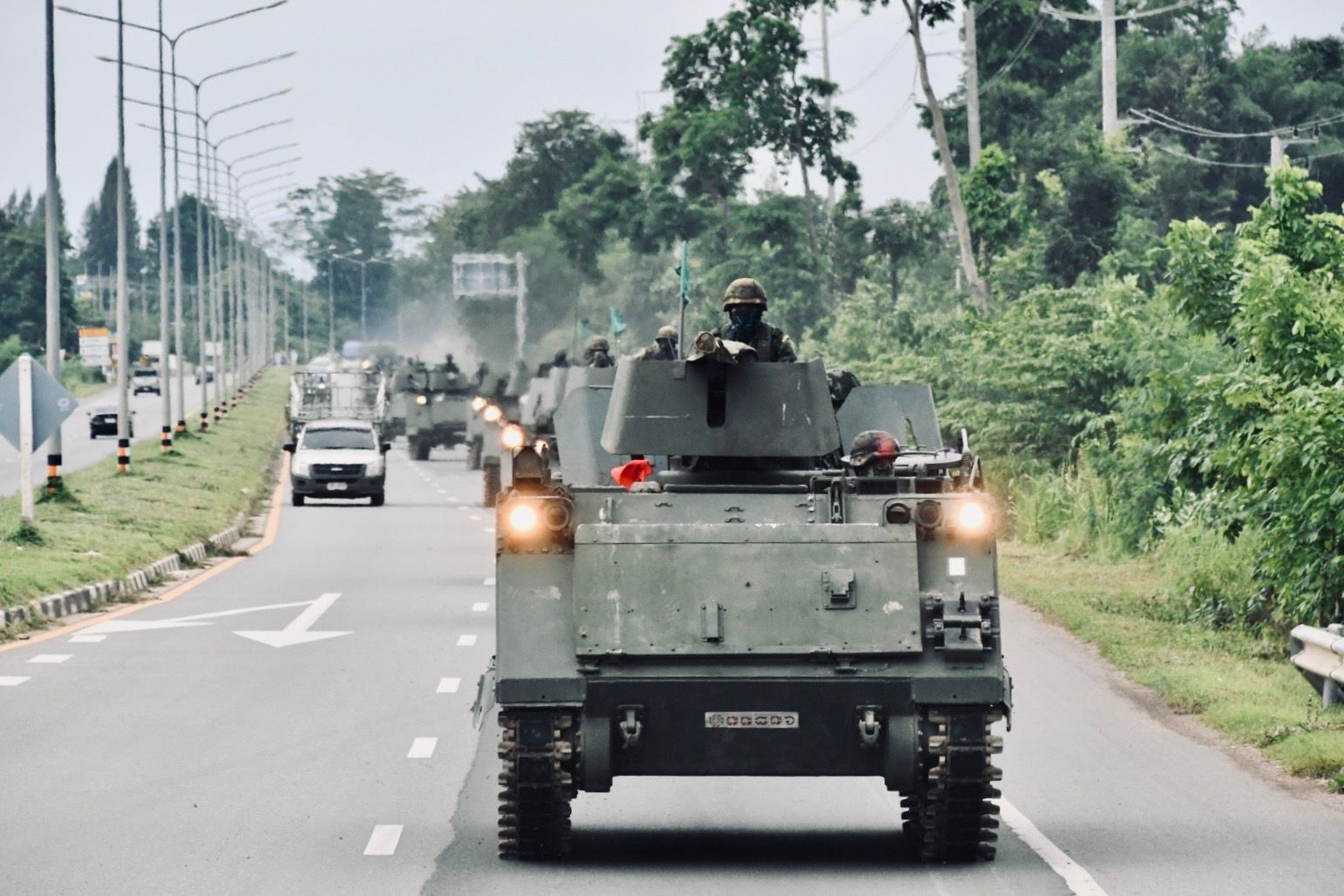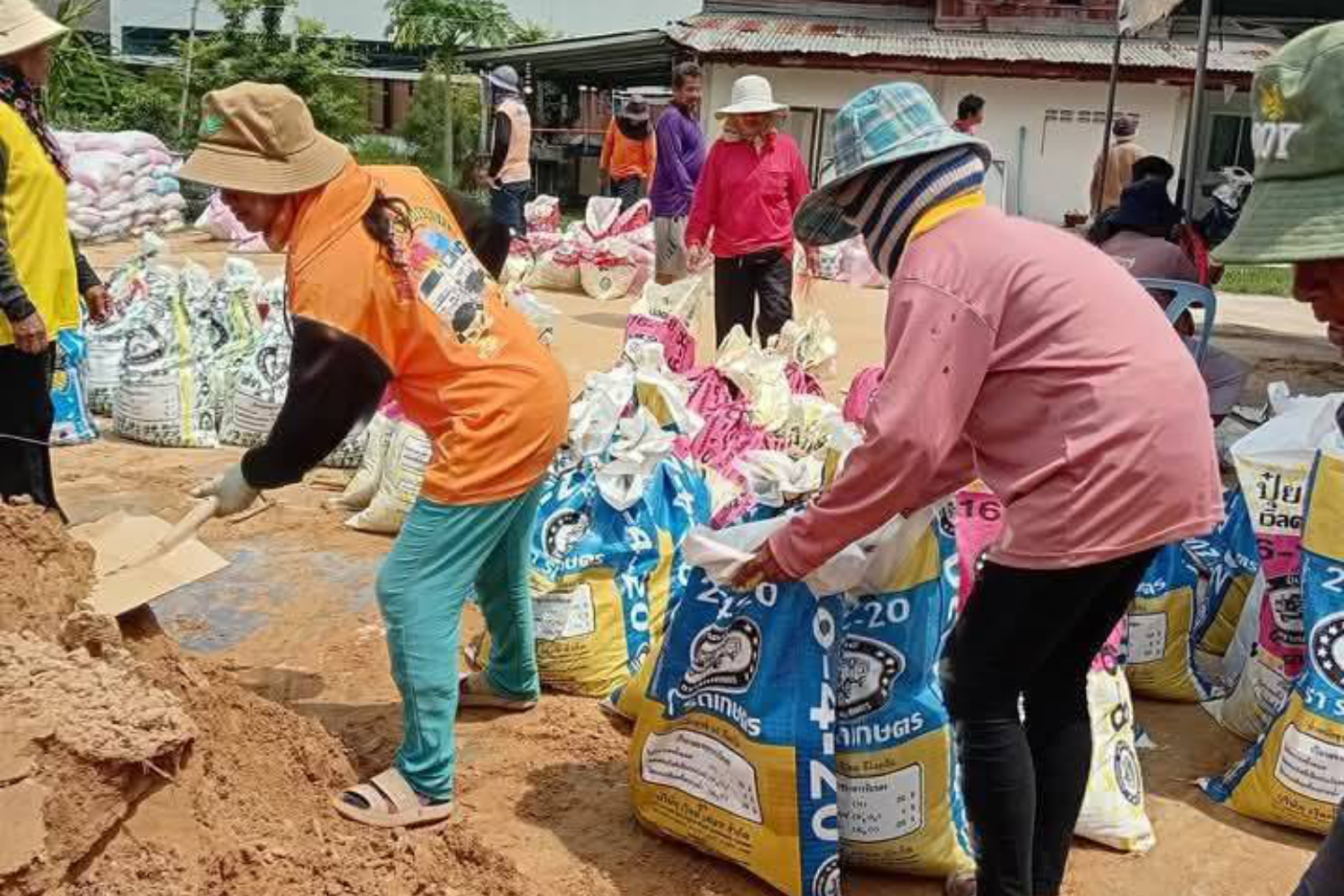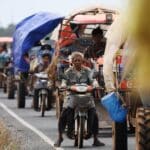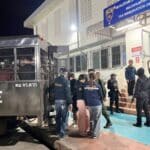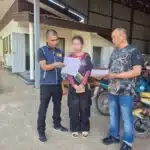UBON RATCHATHANI – Tensions between Thailand and Cambodia have spiked after a deadly border incident on 28 May. A Cambodian soldier lost his life during a short gunfight in a disputed area near Cambodia’s Preah Vihear province and Thailand’s Ubon Ratchathani.
Both sides accuse each other of starting the violence. This has brought renewed attention to a long-running conflict over land, with the 11th-century Preah Vihear temple, recognized as a UNESCO World Heritage Site, at its core. As feelings run high, Thai military officers have stepped up checks at border crossings, Cambodia has sent more troops to the area, and people living nearby are preparing for trouble by building bunkers.
The clash took place close to Chong Bok, a hotspot along the 817-kilometre border. This section has caused arguments since French colonial officials drew the line in 1907. Cambodia’s Ministry of National Defence claims Thai soldiers attacked an established Cambodian post, which led to the death of a soldier. Suan Roan, aged 48.
Thailand’s army rejects this, saying Cambodian troops entered contested land and shot first when Thai forces tried to talk, which led to a ten-minute exchange of gunfire. Local commanders eventually agreed to a ceasefire, but the situation remains tense.
Preah Vihear temple stands high on a cliff in the Dângrêk Mountains and remains the main point of dispute. The International Court of Justice (ICJ) awarded the temple to Cambodia in 1962 and confirmed the decision in 2013.
Cambodians see the temple as a symbol of national pride, while Thailand continues to claim the surrounding land. When UNESCO named Preah Vihear a World Heritage Site in Cambodia in 2008, it sparked more violence. Clashes continued up to 2011, with dozens killed, including civilians.
Thailand- Cambodia Dispute
The disagreement over the temple is rooted in history. Cambodians see it as part of their cultural heritage, closely tied to Angkor Wat. Thais call it Khao Phra Viharn, showing their historical connection. Thailand disputes the 1907 French-Siamese map, arguing the border should follow the watershed instead. A Joint Boundary Commission (JBC) was set up in 2000 to sort out these disputes, but progress has stalled.
Recent events have only deepened the divide. In February 2025, Cambodian soldiers and their families entered another contested site, Ta Moan Thom, and sang their anthem, which led to a standoff with Thai troops. Cambodian social media users called for a boycott of Thai goods after the May fighting.
Meanwhile, Thai royalist groups rallied outside Cambodia’s embassy in Bangkok. Both countries’ leaders, Thai Prime Minister Paetongtarn Shinawatra and Cambodian Prime Minister Hun Manet, are under pressure at home to stand firm, even though their governments have generally enjoyed friendly ties due to the relationship between former leaders Thaksin Shinawatra and Hun Sen.
On 3 June, Cambodia took the dispute to the ICJ, raising the stakes. Prime Minister Hun Manet said Cambodia would ask the court to rule on four contested areas, including land near Ta Moan Thom, Ta Moan Toch, and Ta Kro Bei temples.
Thailand, which withdrew recognition of the ICJ’s authority in 1960, insists these matters should be settled through the JBC, which is set to meet on 14 June. The move to involve the court has sparked more nationalist feelings in Thailand, with memories of the 1962 ruling still fresh.
Military Buildup and Border Closures
Since the shooting, both sides have sent more troops to the border. Cambodia has brought in soldiers, artillery, and 122mm RM-70 rocket launchers. Thailand has also sent extra forces, including French-supplied 105mm howitzers. On 7 June, Thailand’s Defence Minister Phumtham Wechayachai announced further reinforcements, citing “worrying” signs of Cambodia’s military build-up.
The Thai army now controls all border crossings, and closures may follow if the security situation worsens. On 31 May, Thailand shut six permanent checkpoints and ten temporary crossings, including those near Preah Vihear and Ta Moan Thom, to protect people living in the border area.
On 5 June, the Thai army said it was ready for a “high-level operation” to prevent any further breaches of sovereignty, a tough stance that clashes with the government’s push for talks. This mixed response shows the strain between Thailand’s military and the Pheu Thai Party-led government, which is already dealing with economic troubles and a history of coups in 2006 and 2014.
Communities Brace for Escalation
People living near the border are not taking any chances. In Thailand’s Ubon Ratchathani and Sisaket provinces, villagers and schools are building bunkers to protect themselves. Many still remember the 2011 fighting, when artillery fire damaged the Preah Vihear temple and forced thousands from their homes.
In Cambodia’s Preah Vihear province, local officials have strengthened defences, with new trenches dug close to the latest skirmish site. The area is sparsely populated, which has limited civilian casualties so far, but the impact on trade and tourism is already being felt. Cross-border commerce has slowed, and fewer visitors are coming to the region’s historic sites.
Despite the show of force, both governments say they want to avoid another conflict. Thai Prime Minister Paetongtarn Shinawatra and Cambodian Prime Minister Hun Manet, who last met in Phnom Penh in April 2025, have called for talks. On 29 May, army chiefs Gen. Pana Claewplodtook of Thailand and Gen. Mao Sophan of Cambodia agreed to pull back some troops from the disputed zone.
Still, both sides keep sending reinforcements. Malaysia, as the current ASEAN chair, and China have offered to help mediate. Yet, Cambodia’s move to involve the ICJ might make direct talks more difficult.




